
Join 10k+ people to get notified about new posts, news and tips.
Do not worry we don't spam!

Post by : Saif Rahman
Myopia, commonly known as near-sightedness, is increasingly affecting children worldwide. Health professionals are sounding alarms as the prevalence of this condition continues to escalate rapidly. The World Health Organization estimates that nearly half of the global population could be myopic by 2050, highlighting the urgent need for awareness and proactive eye care.
Dr. Divya B, a consultant pediatric ophthalmologist, elaborated to HT Lifestyle that children with myopia can see nearby objects clearly while distant items appear fuzzy. This vision issue complicates essential daily tasks like viewing the blackboard, enjoying outdoor activities, or watching television.
By 2030, projections indicate that roughly 32% of children may develop myopia, escalating to 40% by 2040 and nearly 48% by 2050. This alarming trend poses a significant public health challenge, as untreated myopia can progress to severe complications later in life, such as glaucoma, cataracts, and retinal detachment.
One critical concern is that myopia tends to worsen during childhood and adolescence. Rapid progression may result in high myopia, which carries increased risks throughout life. However, early detection can mitigate these risks, making regular eye examinations vital, especially for those with a family history of myopia.
Dr. Divya identified several red flags parents should be vigilant about:
1. Squinting or narrowing the eyes
A child may squint in an effort to discern distant objects clearly, particularly at school or while playing outside.
2. Sitting too close to screens
Children with myopia often position themselves very close to TVs or read books and smartphones at close range.
3. Closing one eye to focus
If a child frequently closes one eye while viewing distant objects, it could signal blurry vision.
4. Recurrent headaches or eye fatigue
Difficulty concentrating on far-away objects can lead to eye strain and headaches.
5. Complaints of blurry vision at a distance
Children may express difficulty reading the board or identifying faces from afar.
Dr. Divya emphasized the importance of recognizing these indicators. Dismissing them could further exacerbate the issue. Parents should not brush off their child's complaints as trivial or temporary.
Certain proactive habits can also aid in protecting children's eyesight. Encouraging outdoor activities, taking regular breaks from screens, and maintaining appropriate reading distances can greatly influence eye health. Crucially, parents are advised to arrange annual eye exams, or more frequently if there is a genetic predisposition to myopia.
While myopia can impact a child's quality of life, early intervention is essential. By being aware of these warning signs and acting promptly, parents can safeguard their child's vision for years to come.




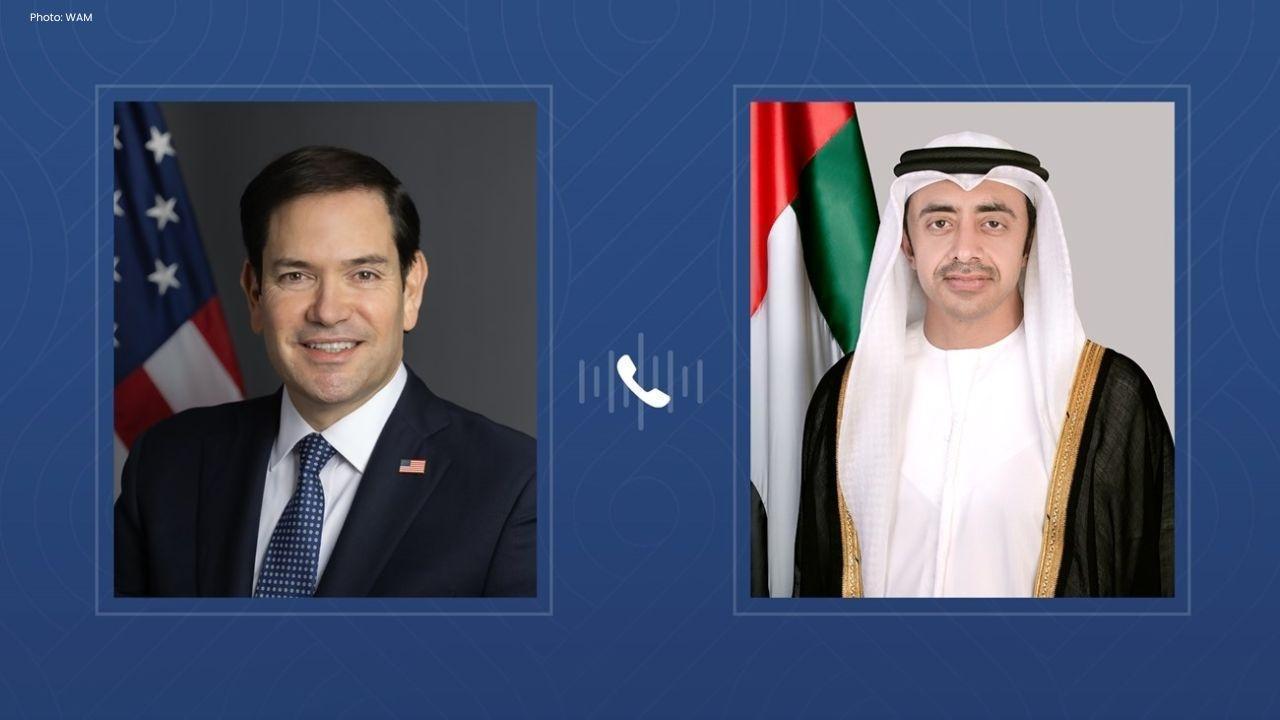


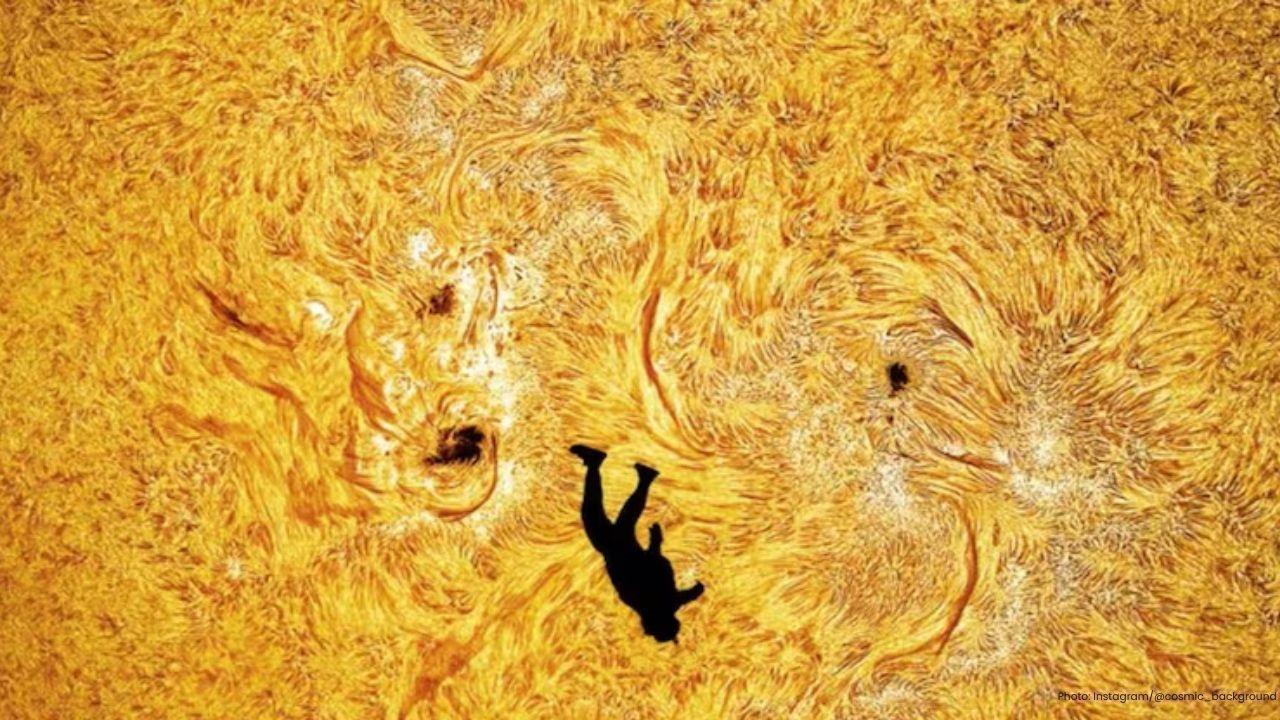

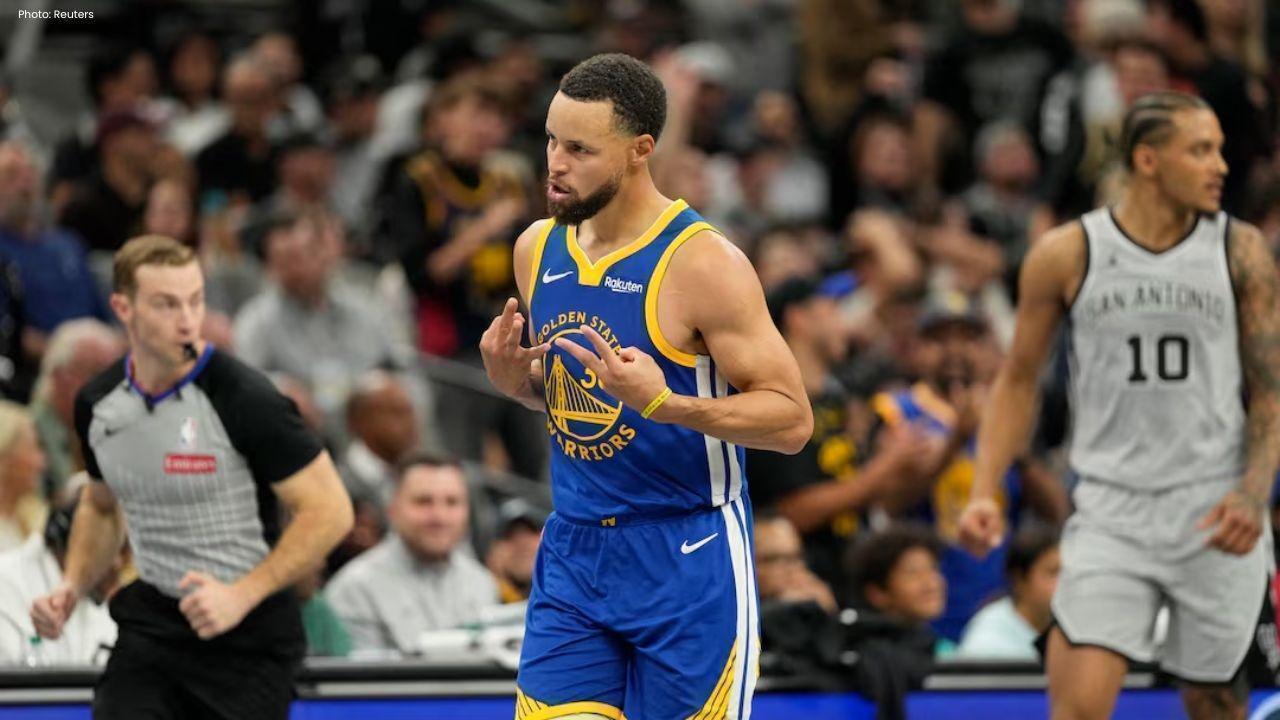
Curry Powers Warriors to 109-108 Victory Against Spurs in NBA Cup
Stephen Curry leads the Warriors to a narrow 109-108 win over the Spurs, scoring 49 points in an ele
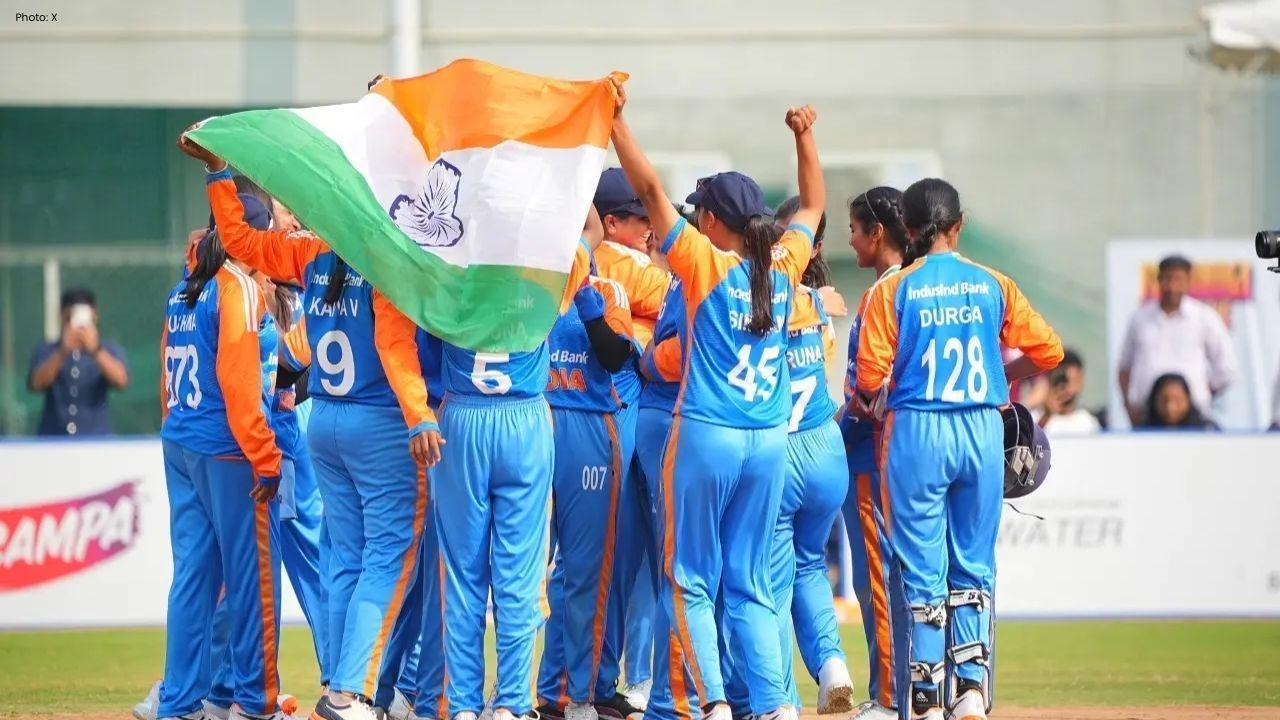
India Advances to Women's Blind T20 World Cup Semifinals After Defeating USA
India comfortably defeated the USA by ten wickets, securing their place in the semifinals of the Wom
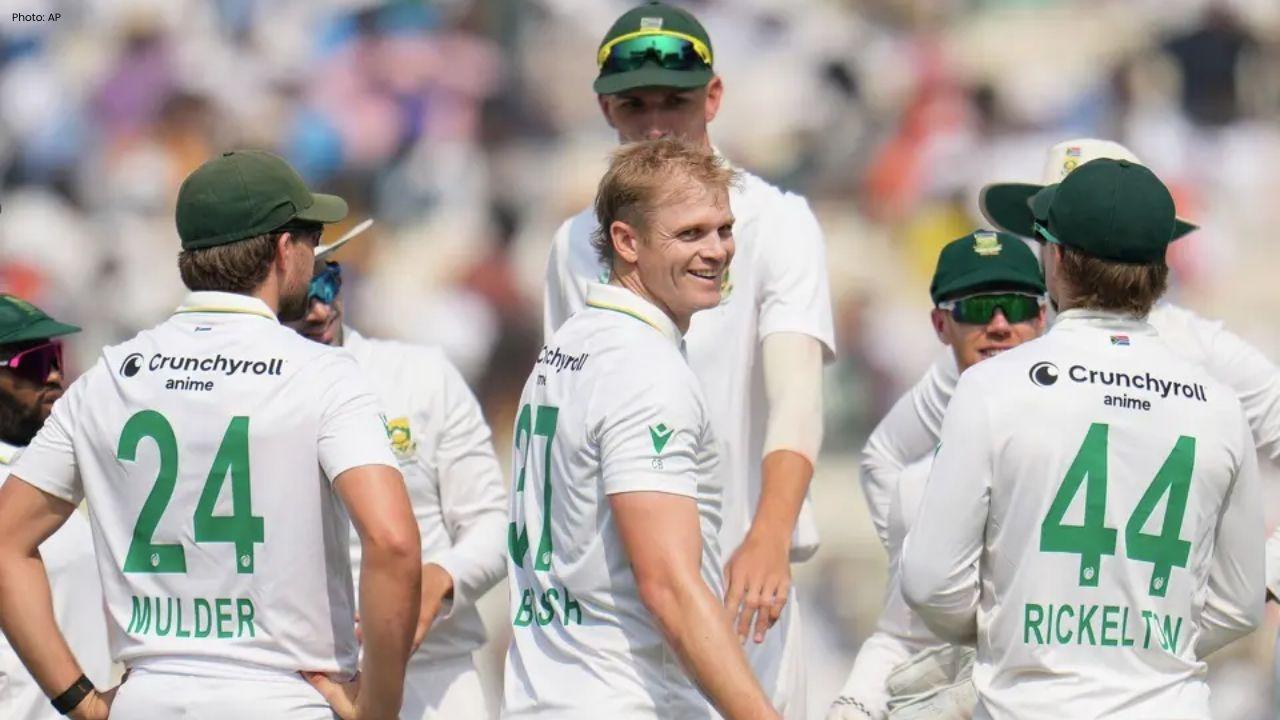
South Africa Claims Early Wickets as India Struggles on Day Two
On Day Two, India reaches 138-4 as South Africa takes three early wickets, with Shubman Gill sidelin

Lakshya Sen Falls to Kenta Nishimoto in Japan Masters Semifinals
In a gripping clash, Lakshya Sen lost to Kenta Nishimoto 19-21, 21-14, 12-21 in the Japan Masters se
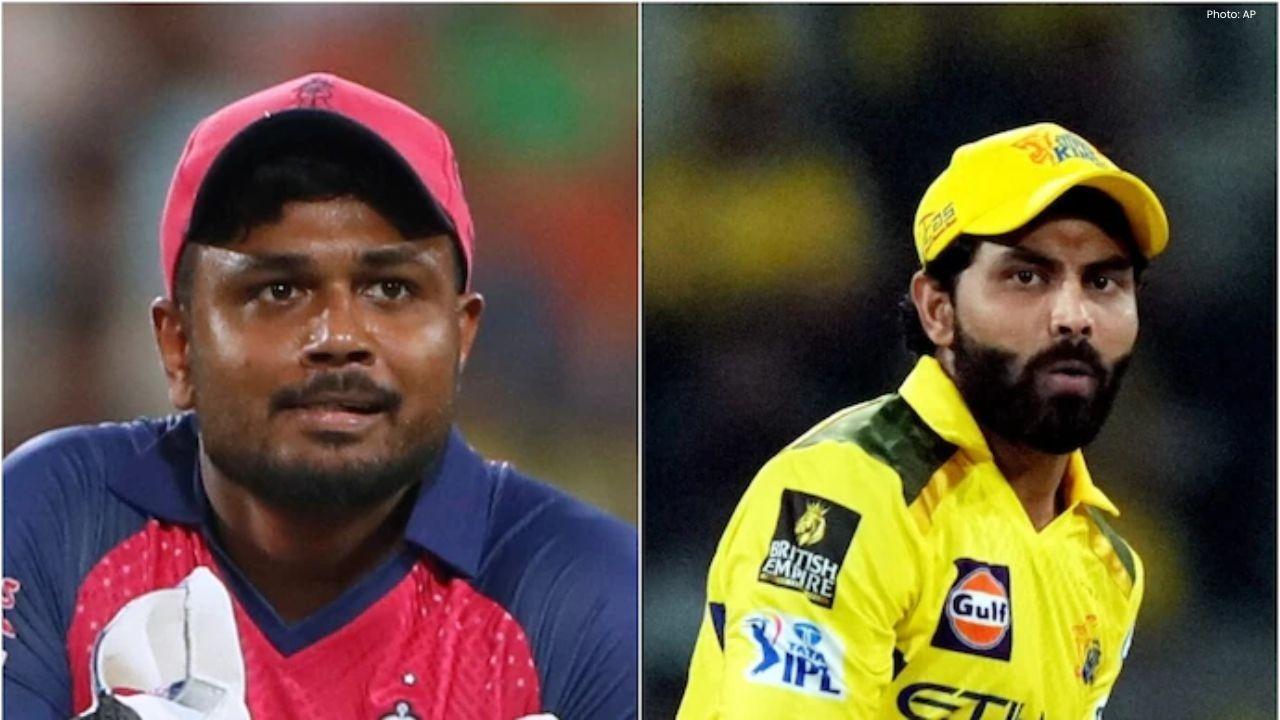
Ravindra Jadeja Joins Rajasthan Royals as CSK Secures Samson in Major IPL Trade
In a startling IPL trade, CSK sends Jadeja and Curran to Rajasthan Royals in exchange for Sanju Sams

Coach Popovic Urges Improvement Following Australia’s Setback
Australia's 1-0 defeat to Venezuela prompts Coach Popovic to emphasize the need for growth ahead of